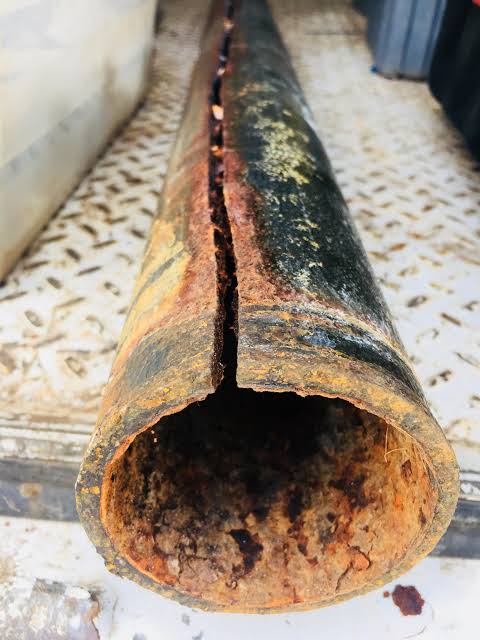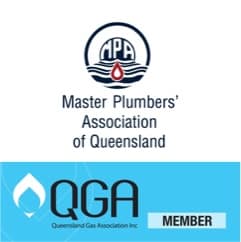BLOG
BLOG

THE 10 MOST COMMON PLUMBING PROBLEMS
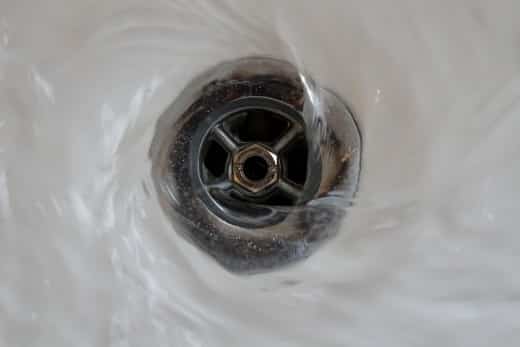
Plumbing issues come in all sorts of shapes and sizes, from the relatively minor and inexpensive, such as a dripping faucet or running toilet, all the way to a sewer system backup or a major pipe leak capable of causing severe damage to walls, floors, and personal property.
This article lists the most common issues that can result in the need for plumbing work. You can prevent or minimize problems from occurring if you know the types of things that most often go wrong.
Below are the common problems, causes, and how they can be fixed. Some issues will require the help of a professional plumber.
To read the original article visit it here.
The 10 Most Common Plumbing Issues
- Dripping faucets.
- Slow draining sink.
- Clogged bath or shower
- drain.
- Clogged toilet.
- Running toilet.
- Faulty water heater.
- Low water pressure.
- Jammed garbage disposal.
- Leaky pipes.
- Sewer system backup.
1. Dripping Taps
Dripping taps are so common that it’s rare to find someone who hasn’t experienced this issue. It’s not just a source of irritation; the waste of water can push up your water bill and cost you money. A single tap can drip away hundreds of litres over the course of a year.
The cause of dripping taps in most cases is an internal washer that has become stiff, torn, worn, or dislodged over time. Fixing the problem is often achievable by the average householder, but it requires the correct tools.
2. Slow Draining Sink
This problem is normally caused by a blockage that is restricting water flow. Your kitchen sink drain may contain things like congealed fat and food remnants. In a bathroom sink, the blockage is more likely to be caused by knotted hair and soap.
Methods for clearing a clogged sink might involve using a plunger, pouring down baking soda and vinegar or a chemical clog remover, or using a plumber’s snake. If the problem isn’t tackled, then it will likely worsen over time, until eventually the drain is completely blocked.
3. Clogged Bath or Shower Drain
As with slow draining bathroom sinks, bath and shower drains generally get blocked up by clogs of hair and soap. Clearing the blockage may require the use of a plunger or a snake. Baking soda and vinegar can sometimes dissolve the clog too. The problem generally gets worse over time, if not dealt with. The problem can be prevented or minimized by buying a drain guard to catch the hair.
4. Clogged Toilet
When the toilet bowl fills up and doesn’t drain away, you’ve got a clog. The blockage is normally caused by a mixture of paper and human waste. Clogged toilets can normally be fixed with a plunger. If that doesn’t work then a sewer snake or drain auger can be used to loosen up the blockage.
5. Running Toilet
A running toilet can be costly; up to 200 gallons of water may be lost each day. The most common culprit is a faulty flapper valve which controls the water that passes from the tank to the bowl. This is fairly straightforward fix with a toilet repair kit available at any hardware store.
Less commonly, toilet runs may also be caused by sediment affecting the flushing and filling. If your water bills seem high, check for silent leaks. Put some food coloring in the upper tank and see if it makes its way to the bowl without flushing.
6. Faulty Water Heater
This problem may not be discovered until you are in the shower and the water suddenly goes cold. There are multiple issues that can cause a water heater to fail. The pilot light may go out, and you have to relight it. A build-up of sediment in the tank can also cause problems. Another time, it may be the thermostat that is at fault.
Generally speaking, you will want a professional to inspect, maintain, and fix your water heater, unless it’s something basic like the pilot light needing to be relit.
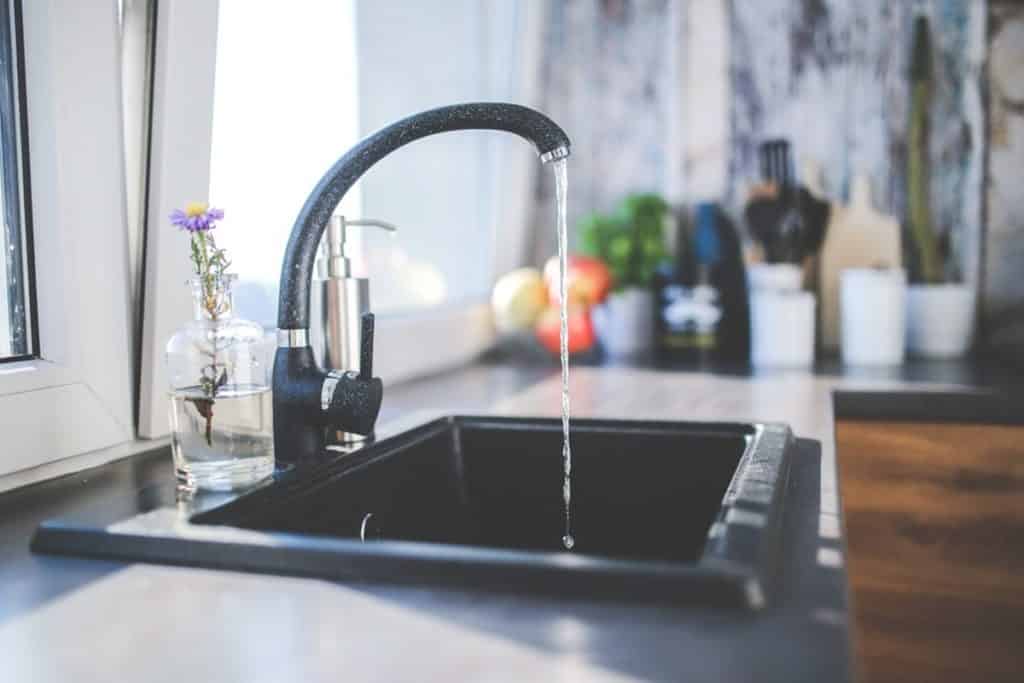
Low water pressure has a variety of potential causes. If it’s only the hot water that’s weak, then the problem may just be related to the hot water heater’s shut off valve and you should ensure that it is fully open. | Source
7. Low Water Pressure
If your water trickles out of the tap rather than gushes, this may be a symptom of low water pressure. This is often a problem in older homes.
Low water pressure can be caused by leaking pipes that have become broken, worn, or corroded over time. More often than not, it’s caused by a build-up of sediment and mineral deposits on aerators. You can soak the aerator in vinegar to clean it. If it’s the shower that’s the problem, then you need to either soak the showerhead in vinegar or simply replace it.
8. Jammed Garbage Disposal
Garbage disposals are very useful appliances, but they do jam sometimes. Running them without water, disposing certain food substances such as cornhusks and potato peels, or allowing silverware to get inside can all cause problems.
Your first step to fix the issue should always be to hit the reset button, but if that doesn’t work, then you will need to open it up. If you have lost the key that comes
with the garbage disposal, then a 1/4 inch Allen wrench can be used to free the motor.
9. Leaky Pipes
Leaky pipes can be more than just a nuisance, they can cause damage to furniture and floors, and the dampness can encourage bugs like cockroaches. Leaks almost always happen at the pipe joints. Tape, compounds, and fillers can often provide a temporary fix, but for something more permanent replace a piece of pipe or the related fittings.
Leaks are more common in the winter when water can freeze, expand, and cause pipes to burst.
10. Sewer System Backup
Sewer system backups are, frankly, a nightmare. They are smelly, nasty, inconvenient, and can be expensive to fix. If you have multiple drains and toilets not working and a bad odor of human waste, this is likely your problem.
Responsibility for fixing the issue really depends on the location of the blockage. If it is on your property, then it’s your problem. If it’s out on the public road, then your water company should fix it. Unfortunately, you may have to pay for a plumber just to locate the blockage, though it’s often worth calling your water company first, as they won’t charge you if it’s their fault.
There are three common causes. First, the main sewer is clogged. To minimize this happening, watch what you flush down your toilet (no diapers, facial tissues, napkins) and avoid tipping grease down your drain. Second, tree roots have invaded the pipes. Roots can push through cracks in pipes or surround a pipe and crush it. Third, old sewer lines may break or collapse. Modern sewer lines are made from plastic, but they used to be built from cast iron, or clay, which are prone to decay over time.
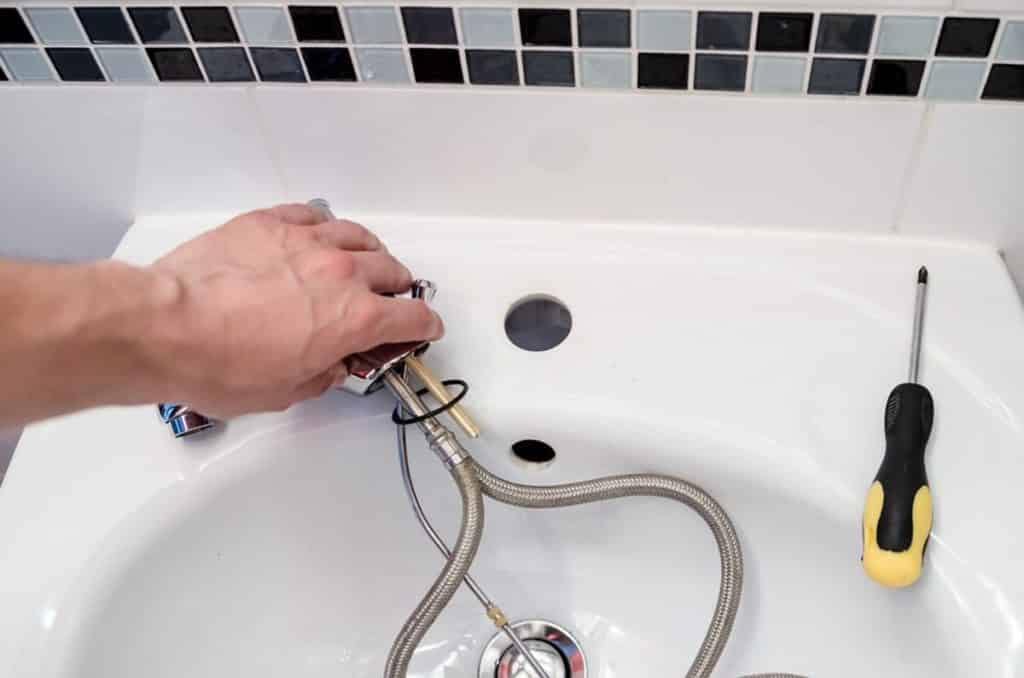
5 Common Plumbing Problems in Old Houses
In addition to the plumbing issues founds in homes generally, older houses can present some particular challenges. Below are five common plumbing problems I’ve encountered when living in and managing older properties.
- Galvanized pipes. These were commonly used in American houses built before the 1960’s. Galvanized pipes are made from iron and coated in zinc. Over time, the zinc erodes, leading to corrosion and breakages. Once the pipes are compromised, water pressure and quality deteriorates. The solution is usually to replace the damaged sections of piping.
2. Polybutylene pipes. These were common in homes built from the late 70’s to early 90’s, due mainly to their affordability. However, these pipes have the tendency to react with oxidants in water over time, causing them to weaken and fail.
3. Previous bad repairs. When you get an old house, you are basically inheriting it from one or more previous owners. The quality of earlier repairs and plumbing work can therefore be variable. Due to previous owners avoiding the expense of employing a professional plumber, it is not unusual for to discover inadequate or bungled plumbing.
4. Pipe bellies. The earth underneath houses is rarely completely static. Over time, the shifting around can cause the house’s pipes to buckle or bow. These bends are known as “pipe bellies” and can interrupt the flow of water causing blockages.
5. Old fixtures. Original fixtures such as faucets, valves, spigots, and handles are often compromised in an old house, due to years of wear. This can result in leaks, bad smells, and inflated utility bills.
General DIY Plumbing Tips
- Always turn off the water main before attempting a plumbing repair.
Plumbing is a messy business. Always assume that you will get wet and dirty; dress appropriately.
Preparation and tools are important. Ensure measurements are correct and that you have everything you need before you start your repairs.
Keep a professional plumber’s phone number handy in case things go wrong and you need help quickly.
Need a professional? Connect with OTC Plumbing and gas today!






